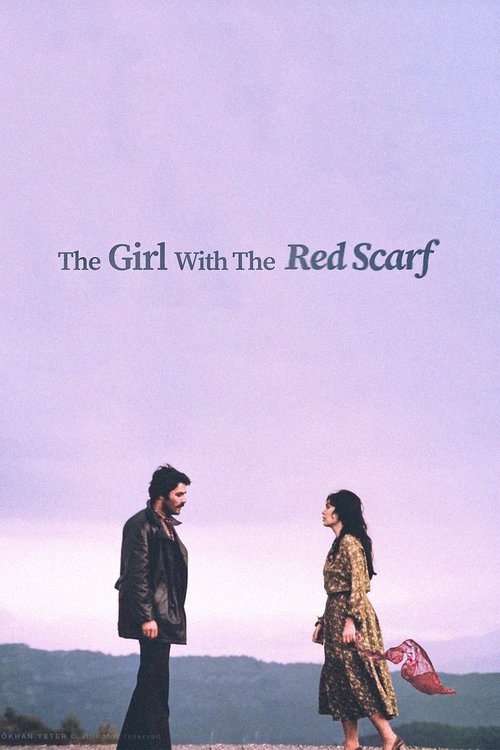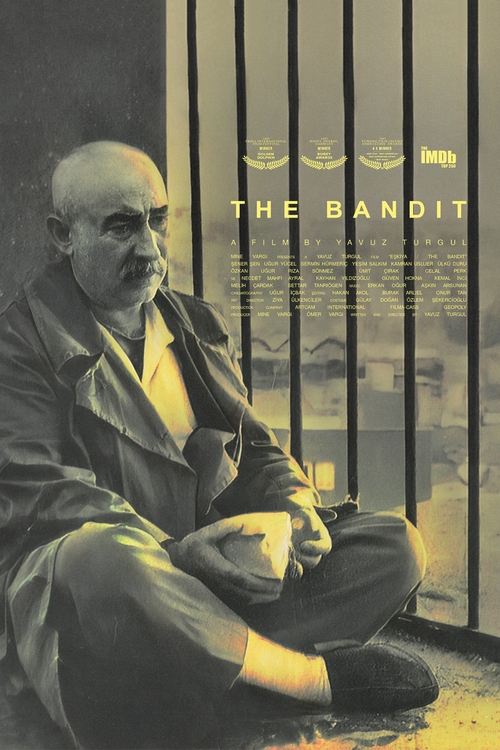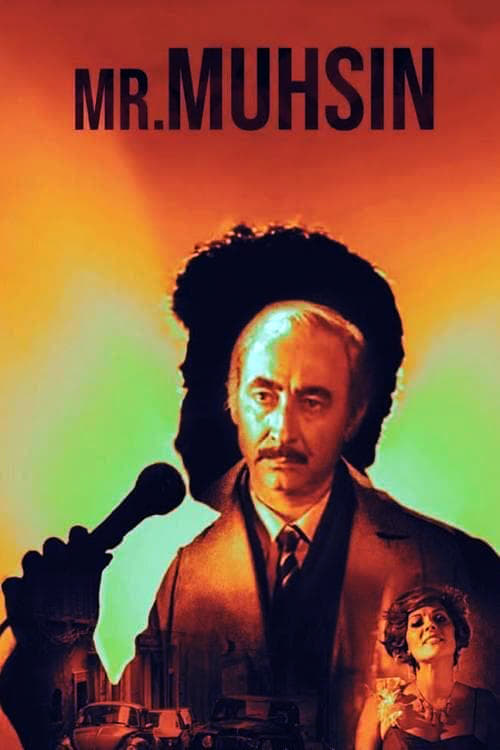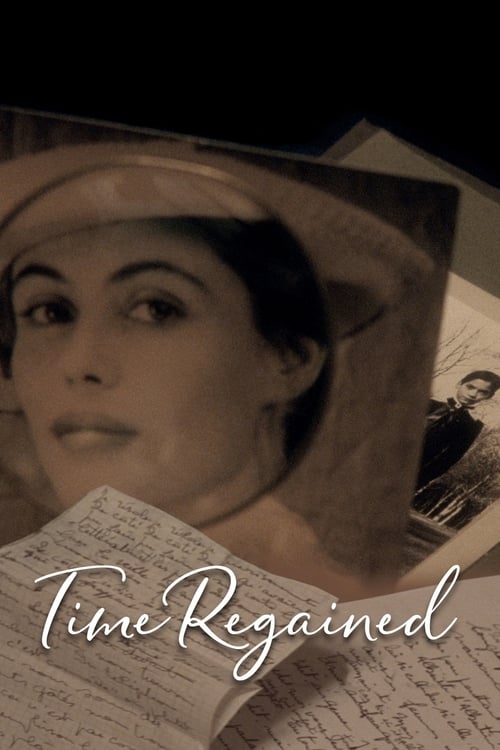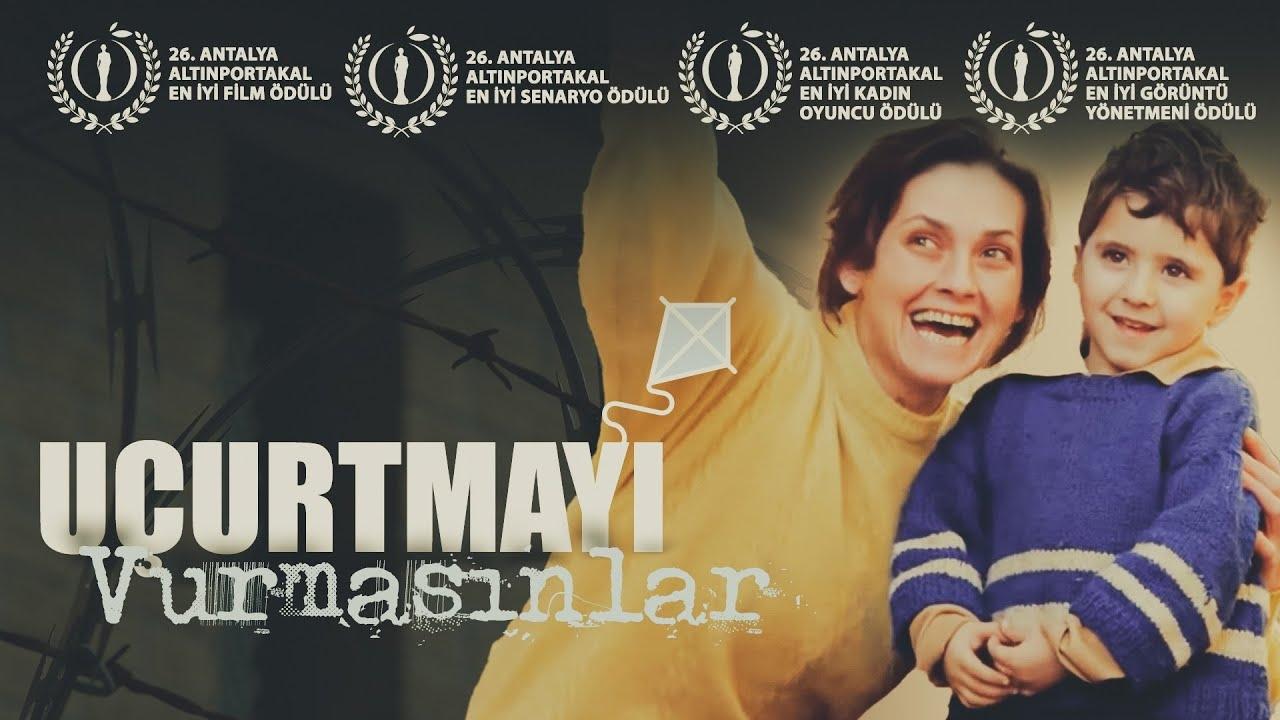
1989
Don't Let Them Shoot the Kite
Drama
8.0
User Score
58 Votes
Status
Released
Language
tr
Budget
$0
Production
Overview
Sent to prison along with his mother after her drug conviction, a young boy develops a warm, tender relationship with a political prisoner.
Review
badelf
10.0
A Masterpiece of Turkish Cinema
In the pantheon of Turkish cinema, few films have touched me as deeply as Tunç Başaran's recently restored masterpiece, "Don't Let Them Shoot the Kite" (1989). While this gem may have flown under the radar internationally, it rightfully swept the Antalya Golden Orange awards, claiming prizes for best film, best actress (Nur Sürer for Inci), screenplay, cinematography, and a well-deserved special jury award for its remarkable 5-year-old star, Ozan Bilen (Baris).
What makes this film particularly poignant is its foundation in reality. Screenwriter Feride Çiçekoglu drew from her own experiences of imprisonment during Turkey's post-military coup years of oppression, lending the narrative an authenticity that resonates through every frame.
The story unfolds through the innocent eyes of 5-year-old Baris, a child who has spent so long behind prison walls that the outside world exists only in theory. Living with his imprisoned mother, his entire universe is confined to the prison's boundaries – until one day, he spots a kite soaring in the sky. Not even knowing what it is, he runs to ask Inci, a political prisoner and Baris's favorite mentor. This kite captures the film's central metaphor: freedom, a word that means something different to everyone.
Watching this film, I couldn't help but draw parallels to another deeply moving prison drama, the original "Miracle in Cell No. 7" (2013). Both Başaran and Hwan-kyung Lee share an extraordinary ability to craft narratives that speak directly to the heart of human experience. Their films transcend the prison genre to become profound meditations on love, hope, and the unbreakable bonds between people.
What sets "Don't Let Them Shoot the Kite" apart is how it manages to express complex political and social commentary through the lens of childhood innocence. Near the final scene, the director and writer show their politics in a delightful comic relief. This film never preaches. though; instead, it allows its truths to emerge naturally through Baris's discoveries and relationships.
The carefully restored version brings new life to the film's stunning cinematography, making this thirty-five-year-old masterpiece feel as relevant and impactful as ever.
This is the kind of movie that reminds us why cinema exists – to tell stories that change how we see the world. Like the kite that captures young Baris's imagination, this film soars above the constraints of its setting to deliver a universal message about the human spirit's yearning for freedom and connection.
Read More 
